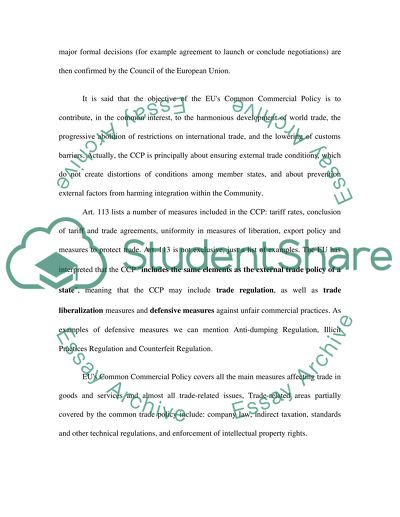Cite this document
(“European Trade Policy Essay Example | Topics and Well Written Essays - 2250 words”, n.d.)
Retrieved from https://studentshare.org/marketing/1517727-european-trade-policy
Retrieved from https://studentshare.org/marketing/1517727-european-trade-policy
(European Trade Policy Essay Example | Topics and Well Written Essays - 2250 Words)
https://studentshare.org/marketing/1517727-european-trade-policy.
https://studentshare.org/marketing/1517727-european-trade-policy.
“European Trade Policy Essay Example | Topics and Well Written Essays - 2250 Words”, n.d. https://studentshare.org/marketing/1517727-european-trade-policy.


